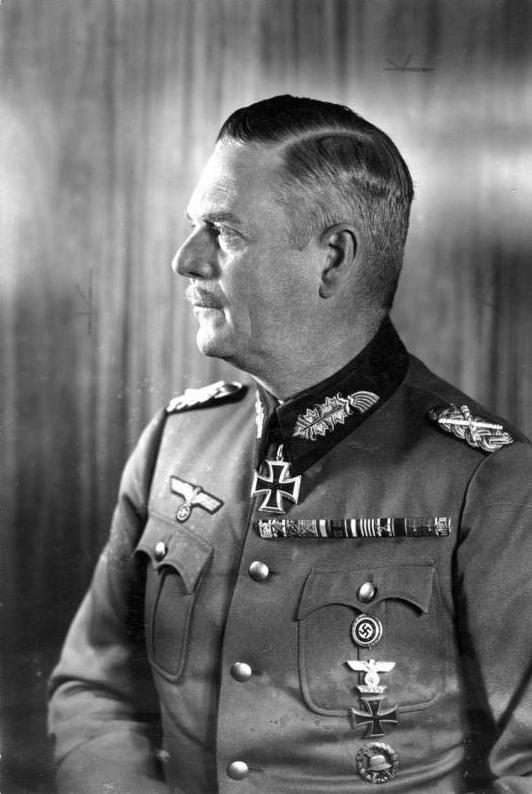Wilhelmshaven, 9.10.39
FLAG OFFICER SUBMARINES
OPERATIONS DIVISION
B. Nr. MOST SECRET. SO. ONLY
MOST SECRET
To: Supreme Command of the Navy-Naval War Staff/ 1st Div.
No written reference.
Subject: Base in Norway
I. Suppositions:
a. A position outside the Shetlands—Norway Straits.
b. Freedom from ice.
c. Rail communications.
These suppositions apply only to Trondheim and Narvik.
II. Advantages and Disadvantages :
1. Trondheim:
Advantages :
a. Position within the fiord which is unaffected by artillery action from the sea.
b. Deep water in the entry channels—difficult for the
. enemy to mine in their mining operations.
c. Existence of several entry and exit routes.
d. Protected areas directly in front of the harbor for exercises and entry.
e. Southern position: i.e. short lines of communications to Germany, better climatic conditions, shorter route to the Atlantic.
f. Basins which, according to the North Sea Handbook and instructions of the Navy Office at Hamburg, are suitable for U-boats.
g. Several industrial installations which facilitate the constructions of repair—and supply installations.
Disadvantages :
Short distance from the bases of the British Air force— danger of air attack.
2. Narvik:
Advantages:
a, b, c, d. the same conditions as Trondheim
e. Greater distance from the British bases—less danger of air attack.
Disadvantages:
a. Northern position: Long lines of communication to Germany, unfavorable -climatic conditions, longer route to the Atlantic.
815
C-5
b. Communications only with the Baltic—The Gulf of Bothnia is not free from ice. e. No basins, quay-installations only in the bay.
d. Very few industrial installations.
Trondheim is therefore the more favorable place.
III. The following is therefore proposed:
1. Establishment of a base in Trondheim, including:
a. Possibility of supplying fuel, compressed air, oxygen, provisions.
b. Repair opportunities for overhaul work after an encounter.
c. Good opportunities for accommodating U-boat crews.
d. Flak protection, L.A. armament, petrol and M/S units.
2. Establishment of the possibility of supplying fuel in Narvik
as an alternative.
Sgd. Doenitz.
Instructions to the navy and air force for operations in the Netherlands, including sinking ships and attacks on troop transports and British air force facilities
Authors
Wilhelm Keitel (Field Marshal, Chief of the High Command of the Armed Forces)
Wilhelm Keitel
German field marshal

- Born: 1882-09-22 (Helmscherode) (country: German Empire; located in the administrative territorial entity: Duchy of Brunswick)
- Died: 1946-10-16 (Nuremberg) (country: Allied-occupied Germany)
- Country of citizenship: Germany
- Occupation: military officer; military personnel; politician
- Member of political party: Nazi Party
- Military rank: general field marshal
- Military branch: artillery
- VIAF ID: https://viaf.org/viaf/74027425
Date: 30 December 1939
Literal Title: Subject: Intensified Measures for Sea and Air Warfare in connection with Fall "Gelb."
Defendant: Wilhelm Keitel
Total Pages: 1
Language of Text: English
Source of Text: Nazi conspiracy and aggression (Office of United States Chief of Counsel for Prosecution of Axis Criminality. Washington, D.C. : U.S. Government Printing Office, 1946.)
Evidence Code: C-6
HLSL Item No.: 452027
Notes:This document was not entered in the case against Keitel.
Trial Issue
Document Summary
C-6: Order signed by Keitel for changes in 'Fall Gelb' - (Plan to invade Holland and Belgium)